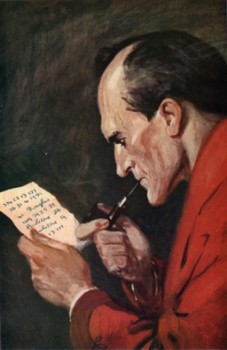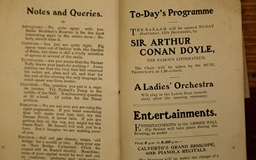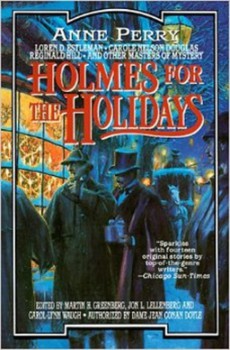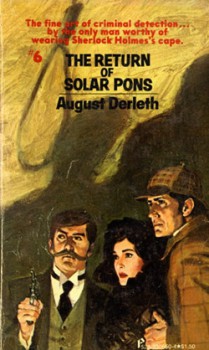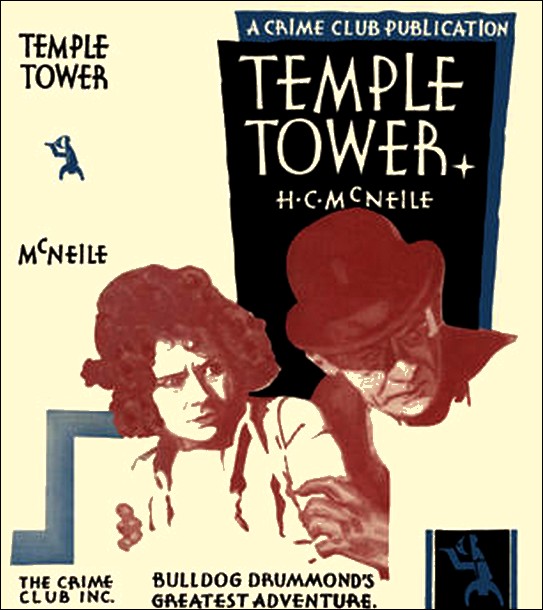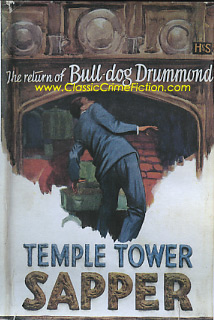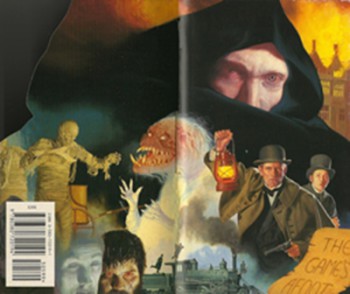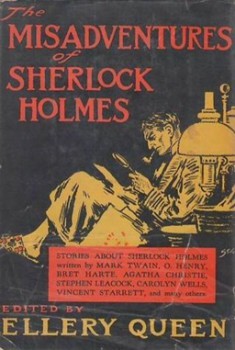The Public Life of Sherlock Holmes: Asimov’s The Caves of Steel
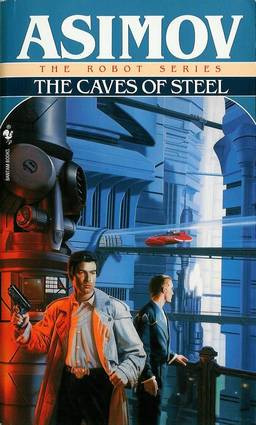 In 1953, Isaac Asimov combined the science fiction and mystery genres with a three-part serial. In The Caves of Steel, Asimov painted a bleak future for humanity that served as more than just the background of a murder investigation.
In 1953, Isaac Asimov combined the science fiction and mystery genres with a three-part serial. In The Caves of Steel, Asimov painted a bleak future for humanity that served as more than just the background of a murder investigation.
Earth became overpopulated and civilization had to adapt to the massive resource needs. Cities became densely populated collectives. Efficiency drove everything. Section units (one, two and three room apartments) rather than houses. Group eating areas, rather than individual kitchens. Common shower and bath units instead of one (or more) per family. Hundreds of miles of high-speed conveyer belts, rather than roads and cars. The ancient, underground roadways were used by official forces to fight fires, to move about to quell riots and such.
Towns and cities were absorbed by ever-growing CITIES. The huge Cities were roofed in by domes until “Outside” became a terrible place that city dwellers never went to: they stayed in their caves of steel, eating mass produced yeast and hydroponics. Direct sunlight was not experienced. As Asimov says, “There was no doubt about it: The City was the culmination of man’s mastery over the environment.”
Then the Spacers came. Man had colonized other planets but those inhabitants eventually rebelled and broke free. They then returned and easily defeated Earth’s defenses.
The Spacers lived on other planets in wide-open spaces, with many robot servants. Asimov essentially paints a picture of the rich, upper class, living indolently, and the poor, lower class, packed together like sardines.

